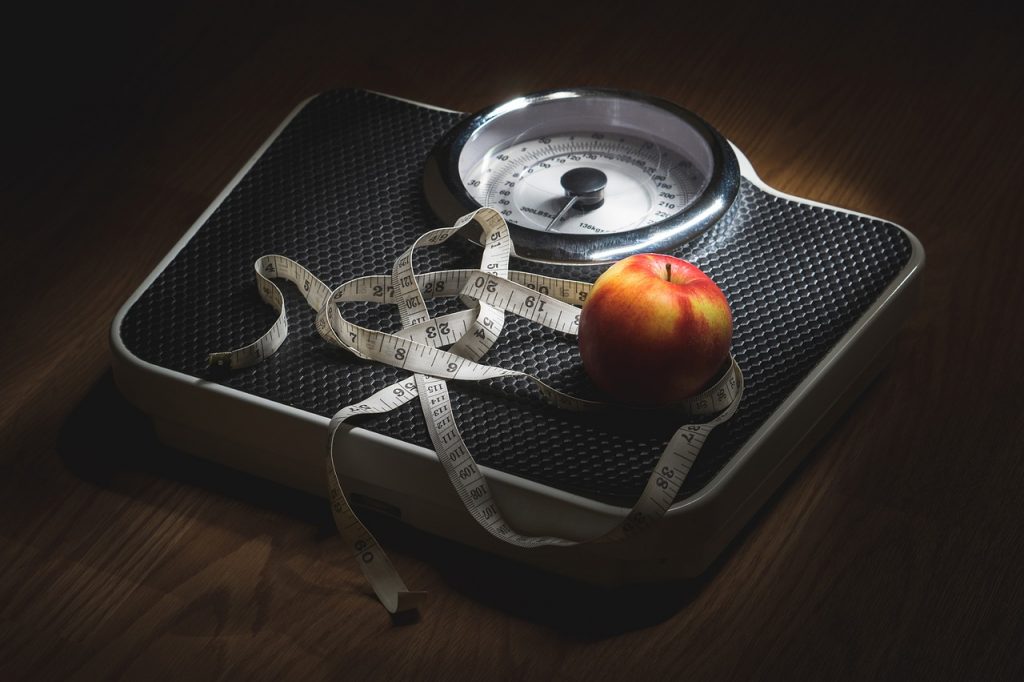
We are obsessed with numbers.
We think eating a certain amount of calories, lifting a certain amount of weight for a certain amount of repetitions or reaching a certain bodyweight will get us the results we want. Numbers rule our little world.
Look at today’s top bodybuilders. With ever-expanding waistlines and disproportionate physiques, they’re walking around at 300+ pounds, while the champions of the 60’s and 70’s hardly cracked the 220 lbs mark. Bigger is better, right?
This trend, however questionable, is not exclusive to oiled-up men stepping onstage in neon-colored trunks, though. Chasing numbers is even more common in the fat-loss arena. In an effort to reach a pre-determined “goal weight” dieters frequently adopt radical measures only to wake up to the crushing realization that numbers don’t make a body.
There is a massive difference between losing 10 pounds of scale weight and 10 pounds of bodyfat. The enigmatic Vince Gironda, trainer of such greats as Arnold and Clint Eastwood, said it best:
“Weight means nothing, it’s how you look.”
When you walk into a room nobody will ask how much you weigh (unless you’ve gained 25 pounds over the holiday season). Nobody will be impressed by your numbers. It’s how you look. The number on the scale doesn’t mean much if you look like a sack of shit.
Now, there is a time and place for regular weigh-ins, but using the scale as your only means to monitor fat-loss is very tricky as that number is easily skewed by multiple dietary and lifestyle habits.
Factors that influence scale weight:
- Energy intake (total calories)
- Changes in body composition
- Carbohydrate intake
- Sodium
- Booze
- Hormonal changes
First things first, if you consistently consume too many calories you’re going to gain weight, no matter how clean or healthy your food choices happen to be. But total calories are not the only variable to be considered. You could be in a calorie deficit and still see increases in scale weight.
Black magic? Almost, but no. Excess carbohydrate and sodium intake, the 3 Gin Tonics you had with dinner yesterday, and a lack of sleep all contribute to water retention, which impacts scale weight. Also, if you recently started strength training to support fat-loss (smart move) the increase in muscle mass may have you thinking you’re moving backwards despite making actual progress.
An increase in scale weight doesn’t equal fat gain just as a decrease doesn’t equal fat-loss.
A Better Way to Measure Progress
Stop chasing numbers. Look at the mirror and be honest when assessing your strengths and weaknesses. Once you put (scale) weight-loss above all else, you’re sacrificing body composition solely to please your ego. In other words, you will lose fat and muscle, compromise metabolic integrity and ultimately end up looking the same (or worse) at a lower bodyweight.
Go ahead, use the scale to gauge progress, but only in conjunction with your mirror and your physical performance. Start tracking your workouts and monitor how your diet impacts strength and endurance in the gym. Ideally, you’d want to see your weight drop, while your performance in the gym goes up, or at least stays consistent. Granted, this is only to be expected in the initial stages of weight-loss, but it is what you should always strive for.
Using key measurements (i.e. waist, chest, thighs and arms) can also help you monitor changes in body composition. Are you losing body-fat or muscle (or both)? If, for instance, your chest measurements are decreasing but your waist and thigh measurements are not, you’re losing muscle as opposed to fat mass. Why is this relevant? A loss of muscle will greatly decrease metabolic rate (i.e. the amount of calories burned) and short-circuit your dieting efforts.
How to track fat-loss progress
- Mirror (Nr. 1 by a long shot)
- Strength levels in the gym
- Measurements
- Scale weight
The scale didn’t come up last by mistake. If you’re going to use it, do so only in conjunction with other progress parameters.
Thank you for reading
Victor
[…] that’s not why you clicked on this article, right? You want the details. You want numbers. You want to know how much you should eat (down to a single calorie), how many grams of protein, […]